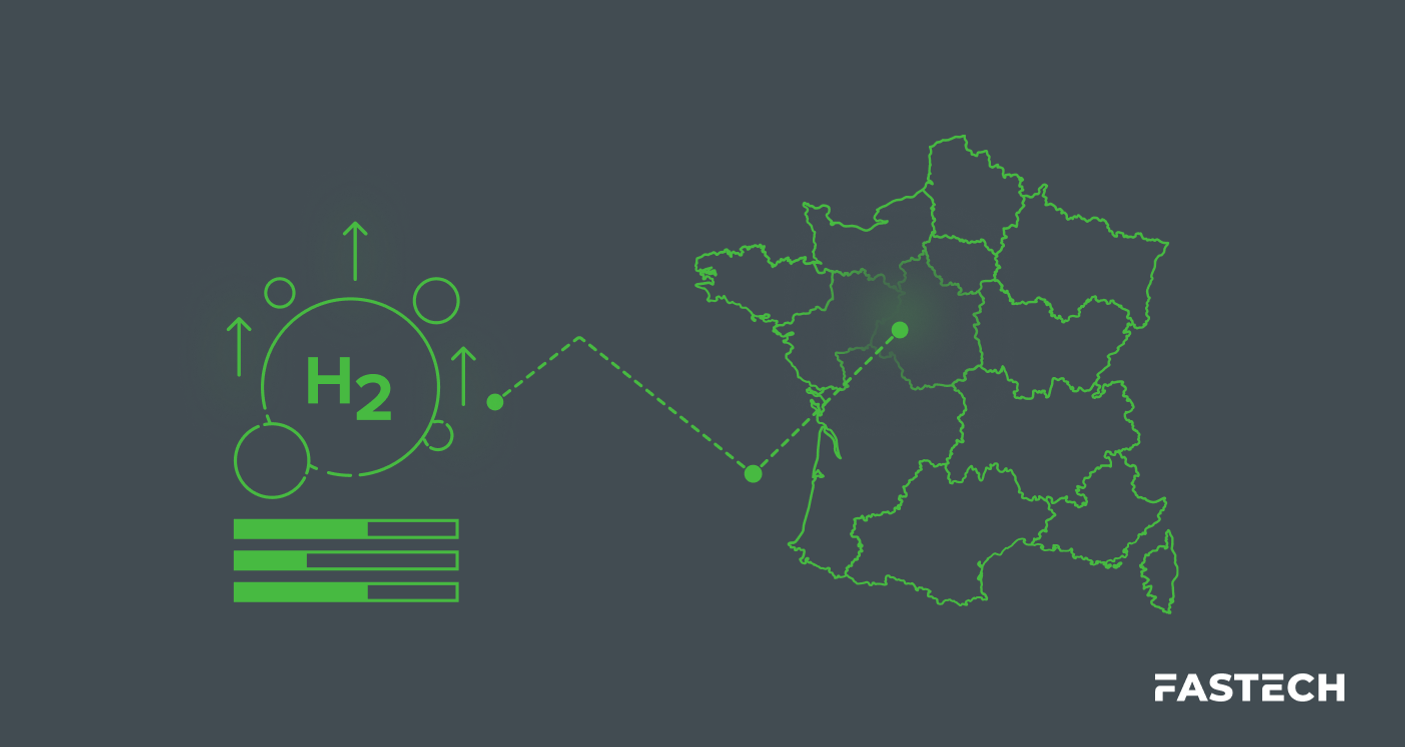The Cummins Hydrogen Engine: A Transport Game‑Changer

The Cummins Hydrogen Engine: A Transport Game‑Changer
Cummins Inc.—the century-old power tech leader renowned for its diesel engineering—has been paving the way for hydrogen propulsion. Its latest stride, though technically a downsize, promises to expand hydrogen mobility across broader commercial and municipal markets.
In March 2025, the company validated its 6.7-liter hydrogen internal combustion engine (H2 ICE) that lowers tailpipe carbon by over 99 percent (compared to diesel equivalents).
More impressively, Cummins’ H2 ICE is designed to fit existing vehicle architecture, paving a new and cost-efficient path for decarbonization without replacing the core mechanics that operators know and trust.
Recap: Cummins’ Hydrogen ICEs
This announcement was the latest step in a series of recent investments in hydrogen propulsion. Here’s an abridged timeline:
- July 2021 – Cummins’ early bench tests demonstrated that hydrogen and CNG can deliver diesel‑class torque with a fuel‑agnostic engine base.
- January 2022 – Transportation and logistics provider Werner Enterprises partnered with Cummins to validate its 15‑liter hydrogen engine in Class 8 tractors.
- May 2022 – Cummins showcased the 15-liter X15H at ACT Expo in California, outlining targets of 400–530 horsepower and up to 2,600 Nm (1,900 lb‑ft) of torque. Its 6.7‑liter sister model was confirmed in progress.
- March 2025 – Cummins’ latest development, named “Project Brunel,” culminated with validation of the 6.7‑liter B6.7H, confirming near‑zero emissions.
A Look Under the Hood: Cummins’ H2 ICEs
The most impressive achievements of Cummins’ new build are less about what changed and more about what stayed the same.
Designed for step vans, garbage trucks, city buses, and other mid‑duty applications, the 6.7‑liter B6.7H retains the block geometry and mounting points of Cummins’ B‑series diesel engine.
Spark plugs replace the diesel injectors, and reinforced valves handle the hotter, drier burn of hydrogen. The result is a clean burn with near-zero carbon and minimal nitrogen oxide (NOx) emissions while maintaining diesel-like performance.
Leveraging familiar hardware while introducing new solutions reflects Cummins’ innovative yet pragmatic approach to engineering.
The Right Engine for Your Job
Cummins now offers two H2 ICEs, each purpose‑built for distinct mission profiles.
The 6.7-liter B6.7H, producing roughly 290 horsepower and 1,200 Nm (885 lb-ft) of torque, excels in urban and regional duty cycles—including package delivery, refuse collection, shuttle transport, and commercial trucks operating within a 300-mile radius. Its lighter weight and compact packaging translate into favorable vehicle economics.At the heavy‑duty end, the 15‑liter X15H delivers 400 – 530 horsepower and up to 2,600 Nm (about 1,900 lb‑ft) of torque—ideal for long‑haul tractors, large farm machinery, construction vehicles, and mining equipment.
With larger 700-bar hydrogen tanks, these vehicles can travel 600 miles or more between refuels while preserving the pulling power operators need.Both engines share Cummins’ fuel‑agnostic foundation, ensuring common parts, service tools, and technician expertise requirements.
Project Brunel and the Power of Teamwork
Project Brunel exemplifies the impact of strategic collaboration between public and private sectors.
Co‑funded by the U.K. Government’s Advanced Propulsion Centre, the initiative united Cummins with Johnson Matthey for catalyst expertise, PHINIA for high‑pressure hydrogen injection technology, and Zircotec for advanced thermal coatings.
By pairing public investment with specialized industry knowledge, the partners accelerated R&D and de‑risked commercialization—a model that could translate well in American markets.
Why Cummins’ Hydrogen Engines Matter
Hydrogen engines occupy a strategic space where batteries and fuel cells have yet to satisfy every fiscal and operational requirement.
Because these ICEs can often integrate with existing drivetrains, cooling systems, and maintenance routines, fleets can decarbonize swiftly without wholesale workflow changes.
Hydrogen vehicles and infrastructure also thrive in off‑road sectors, where intense duty cycles challenge all‑electric alternatives.
Cummins’ ICEs deliver well‑to‑wheel emissions reductions while maintaining five‑minute refueling and comparable range, essential features for large-scale feasibility.
Regulatory and Infrastructure Tailwinds
Hydrogen energy has seen an upsweep in support from public policy and private capital internationally. Cummins’ H2 ICE projects can be contextualized within these broader shifts.
- In the United States, the Treasury Department finalized rules for a clean hydrogen production tax credit. Though changing administration priorities have cast doubt about the nation’s clean energy, hydrogen has earned widespread interest across party lines.
- California accelerated its clean energy transition with a $1.4 billion investment plan dedicated to electric‑ and hydrogen‑vehicle infrastructure
- Across the Atlantic, the European Union’s mandate to cut heavy‑duty vehicle CO₂ emissions 90 percent by 2040 continues to steer government and business investments.
Hydrogen infrastructure is advancing quickly alongside policy, incentives, and technology. FASTECH alone has developed more than 40 hydrogen fuel stations.
Each new project closes refueling gaps and signals the ongoing efforts to help new fuel networks keep pace with vehicle deployments.
Thinking Ahead: What Will Decide the Pace of Adoption?
Three practical forces will determine how rapidly hydrogen engines scale.
First, fuel logistics must mature: public and commercial fuel stations need dependable hydrogen supply chains and high-flow infrastructure.
Second, policy must align: clean fuel credits, carbon markets, and purchase incentives need to deliver clear payback for businesses.
Finally, robust manufacturer support is essential: strong warranties, reliable parts pipelines, and technician training will minimize downtime concerns.
Where these elements converge (e.g., California), hydrogen moves from niche deployments to mainstream solutions.
Embrace the Change to Cleaner Energy
Whether your fleet operates delivery vans or heavy-haul tractors, hydrogen internal-combustion engines provide a ready pathway to lower emissions.
FASTECH’s proven hydrogen expertise—from site design and permitting to long‑term maintenance—empowers operators to deploy Cummins hydrogen engines with confidence.
Ready to advance your energy strategy? Partner with FASTECH for future-forward growth.




